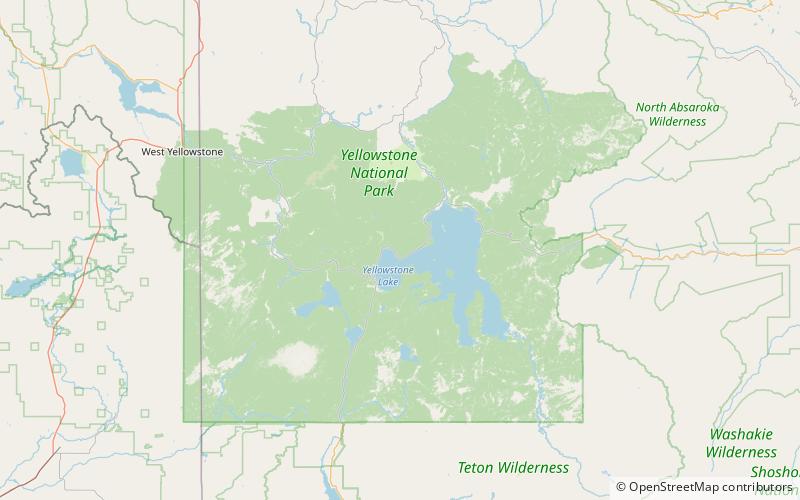Yellowstone Plateau Volcanic Field, Parc national de Yellowstone


Faits et informations pratiques
The Yellowstone Plateau Volcanic Field, also known as the Yellowstone Supervolcano or the Yellowstone Volcano, is a complex volcano, volcanic plateau and volcanic field located mostly in the western U.S. state of Wyoming but also stretches into Idaho and Montana. It is a popular site for tourists.
The plateau developed through three volcanic cycles spanning two million years that included some of the world's largest known eruptions. The eruption of the >2,500 km2 Huckleberry Ridge Tuff about 2 million years ago created the more than 75 km long Island Park Caldera. The second cycle concluded with the eruption of the Mesa Falls Tuff around 1.3 million years ago, forming the 25 km wide Henry's Fork Caldera at the western end of the first caldera. Activity subsequently shifted to the present Yellowstone Plateau and culminated 630,000 years ago with the eruption of the >1,000 km2 Lava Creek Tuff and the formation of the present 45 km × 75 km caldera. Resurgent doming then occurred at both the NE and SW sides of the caldera and voluminous 1,000 km2 intracaldera rhyolitic lava flows were erupted between 150,000 and 70,000 years ago. Phreatic eruptions produced local tephras during the early Holocene. The caldera presently contains one of the world's largest hydrothermal systems including the world's largest concentration of geysers. Much of the plateau is located within Yellowstone National Park.
Parc national de Yellowstone
Yellowstone Plateau Volcanic Field – populaire dans la région (distance de cette attraction)
À proximité, vous trouverez notamment des attractions telles que : Black Pool, Abyss Pool, West Thumb Geyser Basin, Fishing Cone.





